AI goes into sculpture
The process of creating sculptures has long involved technology at many stages. According to sculptors, the increasingly powerful development of AI has recently helped speed up the creative process, shorten the practice time and expand the ability to experiment.
Many AI tools are now capable of analyzing thousands of classical and modern sculptures to suggest new designs. Software such as Midjourney, DALL·E, or 3D design systems integrated with AI such as Runway ML, ZBrush + AI plugins… allow artists to easily simulate shapes, materials, and lighting before doing it manually or 3D printing.
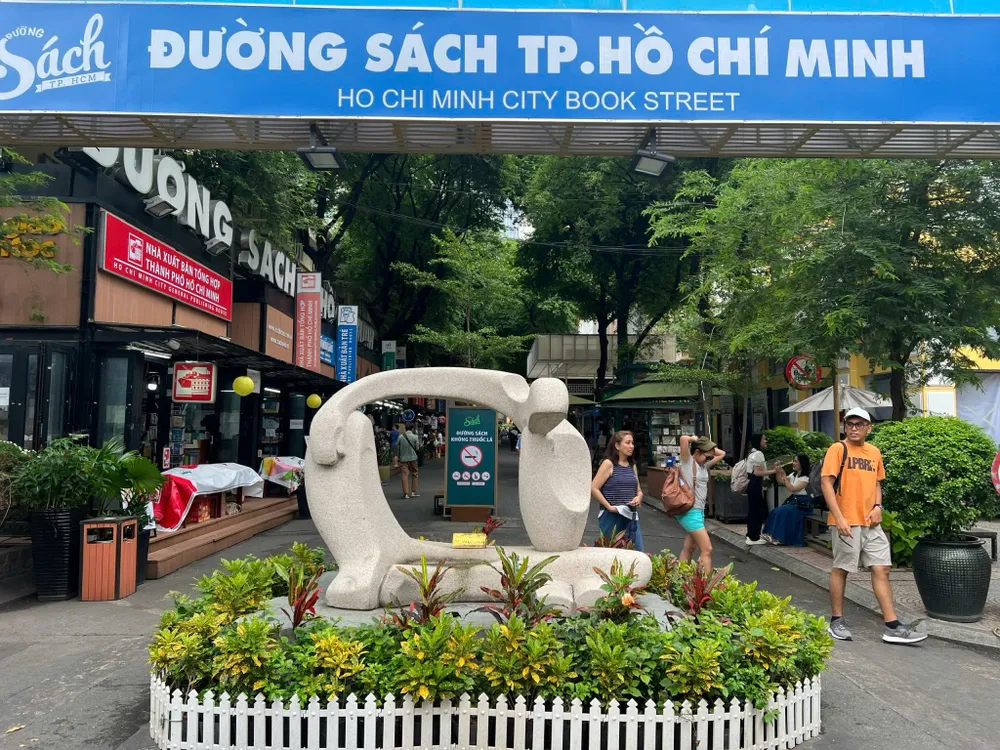
The most obvious benefit of applying AI in sculpture is saving time and production costs. While previously the process from sketch to completion took weeks or months, with AI, the 3D modeling stage can be completed in just a few minutes from hand sketches or language descriptions. AI also accurately calculates the volume of materials, suggests processing methods to limit waste, both saving materials and minimizing environmental impact.
Professor, Dr. - Sculptor Nguyen Xuan Tien, Chairman of the Ho Chi Minh City Fine Arts Association, commented: “The use of image classification systems allows sculptors to create a series of designs in a short time, which is useful for projects that require many presentation options. This support helps artists to be more creative and experimental, overcome language, cultural and geographical barriers, and expand access to global resources and tools.”
Improvise
The prevalence of AI is an undeniable fact. However, unlike other fields of art, sculpture has its own language - the language of shapes. From shapes, light effects are created, bringing different shades and images depending on the concavity, distance, and appearance. Therefore, each sculpture is the crystallization of the artist's work, intelligence and emotions, from sketching to completion.
Sculptor Lam Quang Noi believes that in other art fields, technology, especially AI, can participate in supporting very effectively. But with sculpture or relief, they have an independent position, attached to angles, shapes and 3-dimensional space. The need to express how much the protruding nose and sunken eyes are appropriate in 3-dimensional space, in the overall perspective of the whole... are things that AI will find difficult to solve. If anything, technology only supports in a few stages such as creating a model for the statue, carving stone or casting bronze. Sculpture is a real shape in a real space, so each work is a continuous creative journey, where the artist uses all physical strength, intelligence and soul to "dialogue" with matter.
Sculptor Nguyen Xuan Tien added: “With large monuments and public works that require different perspectives, go through many stages, materials and appraisals by the art council, AI technology can hardly provide effective support. Although it can help save costs and shorten time, the artistic quality cannot be compared with traditional methods.”
On the contrary, with decorative statues or mass-produced products, the application of 3D technology and AI brings high economic efficiency: fast and accurate construction, reducing human resources and costs. In the field of architecture, AI also supports the concept research stage - with just a few sketches or verbal descriptions, the software can create intuitive and rich design options.
Sculpture, at any stage, is still the art of form and light, of the dialogue between humans and matter, between emotions and space. Technology can work faster and more accurately, but only humans can breathe life into lifeless blocks of stone, bronze, or wood to turn them into works of art. Therefore, “improvising” in the digital age is not about chasing technology, but mastering technology to preserve the spirit of creativity - something that no AI can replace.
Source: https://www.sggp.org.vn/nghe-thuat-dieu-khac-trong-thoi-dai-so-post821418.html


![[Photo] Ca Mau "struggling" to cope with the highest tide of the year, forecast to exceed alert level 3](https://vphoto.vietnam.vn/thumb/1200x675/vietnam/resource/IMAGE/2025/11/04/1762235371445_ndo_br_trieu-cuong-2-6486-jpg.webp)

![[Photo] Comrade Nguyen Duy Ngoc holds the position of Secretary of the Hanoi Party Committee](https://vphoto.vietnam.vn/thumb/1200x675/vietnam/resource/IMAGE/2025/11/04/1762234472658_a1-bnd-5518-8538-jpg.webp)
![[Photo] Government holds a special meeting on 8 decrees related to the International Financial Center in Vietnam](https://vphoto.vietnam.vn/thumb/1200x675/vietnam/resource/IMAGE/2025/11/04/1762229370189_dsc-9764-jpg.webp)

![[Photo] Ho Chi Minh City Youth Take Action for a Cleaner Environment](https://vphoto.vietnam.vn/thumb/1200x675/vietnam/resource/IMAGE/2025/11/04/1762233574890_550816358-1108586934787014-6430522970717297480-n-1-jpg.webp)




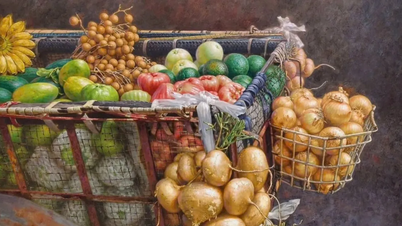





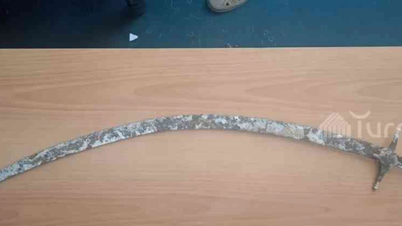
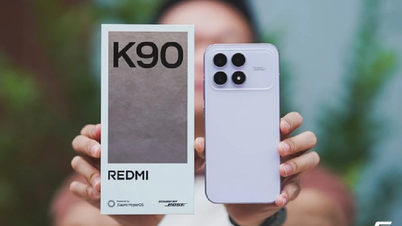

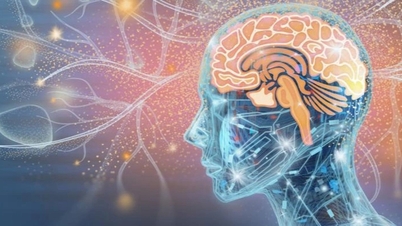










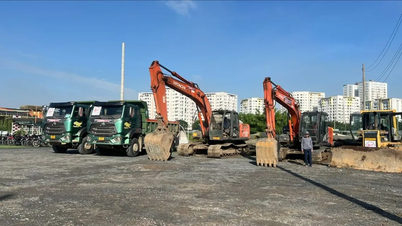
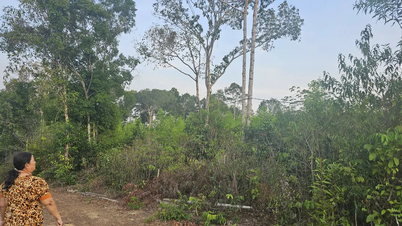

![[Photo] The road connecting Dong Nai with Ho Chi Minh City is still unfinished after 5 years of construction.](https://vphoto.vietnam.vn/thumb/1200x675/vietnam/resource/IMAGE/2025/11/04/1762241675985_ndo_br_dji-20251104104418-0635-d-resize-1295-jpg.webp)
























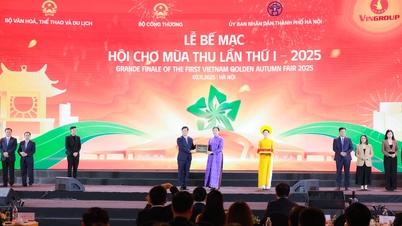
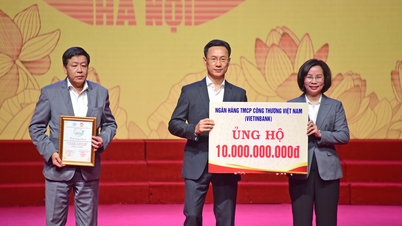











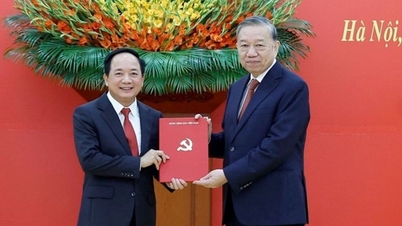

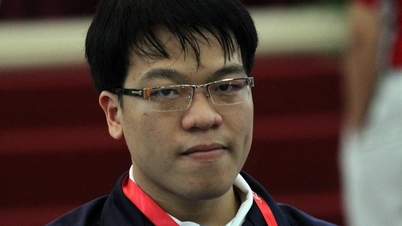


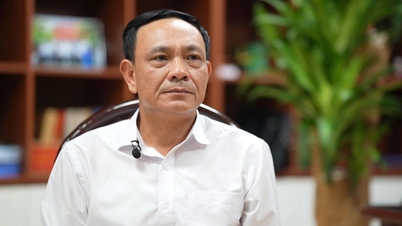



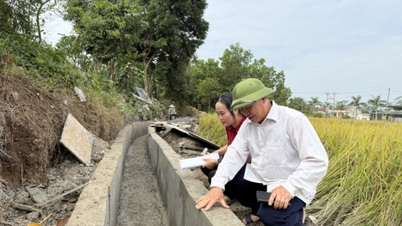






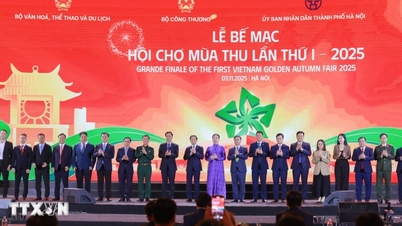
















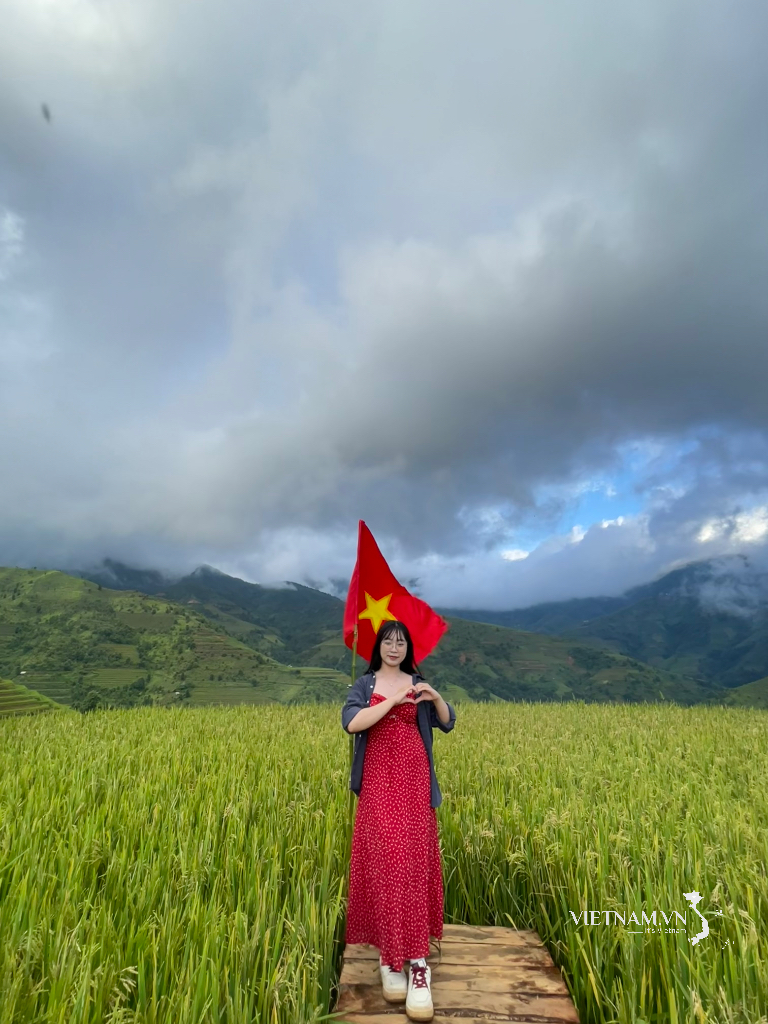
Comment (0)